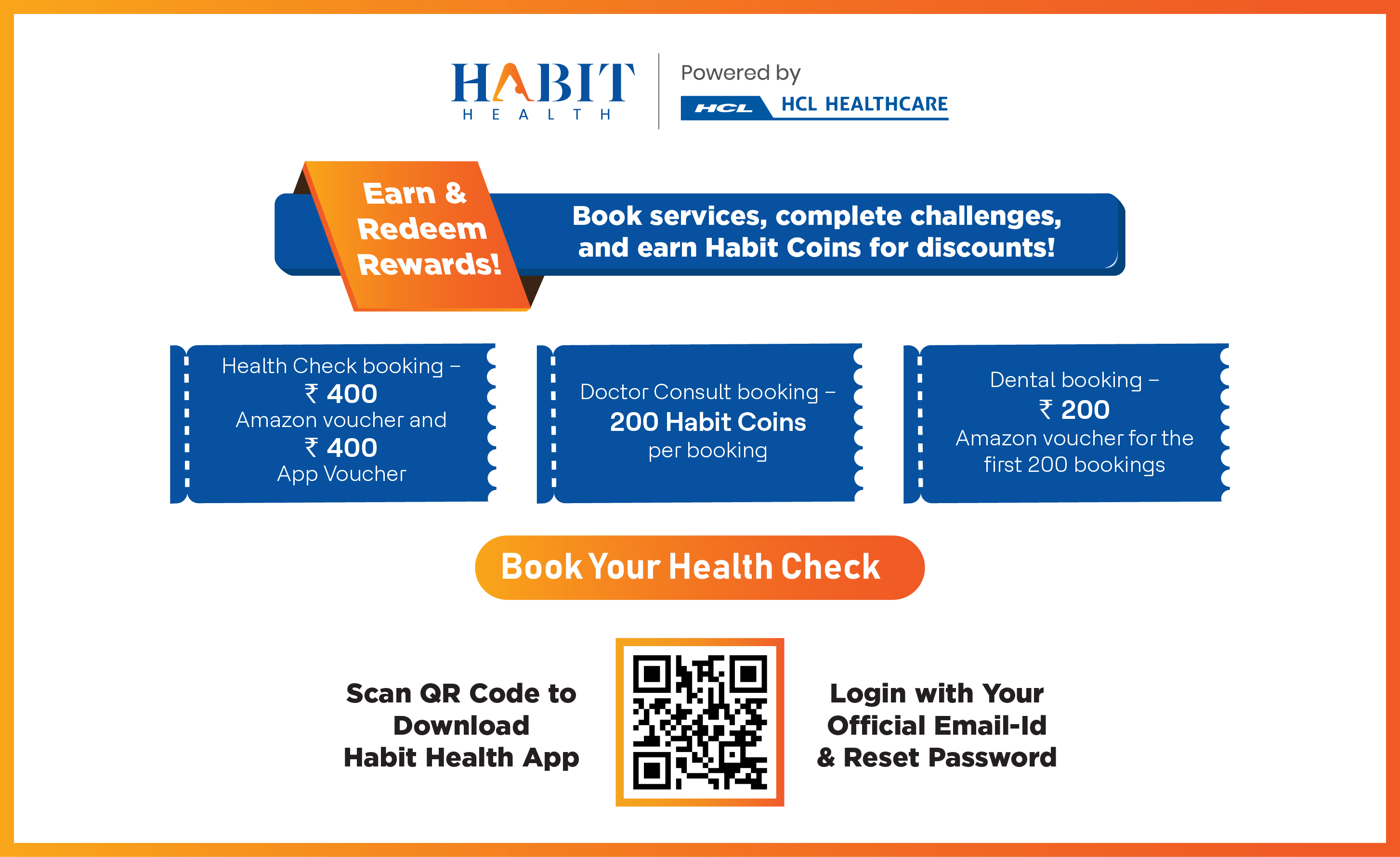On average, people worldwide spend nearly 7 hours daily in front of screens. And since 2013, daily screen usage has risen by almost 50 minutes.
Now imagine your eyes as the camera lens of a smartphone. When the lens focuses for too long, it overheats and struggles to capture clear images. Similarly, our eyes get strained and fatigued from prolonged screen time, leading to weakened vision and discomfort.
Result? Approximately 275 million Indians, or close to 23% of the population, experience impaired vision, primarily from prolonged screen use. Also, the World Health Organization forecasts that by 2050, half of the global population will be affected by myopia, largely due to excessive screen exposure.
So, as adults juggle work, social media, and entertainment, let’s explore how to manage screen time wisely and the steps to protect our eyes in this digital age.
What Too Much ‘Screening’ Does to Your Eyes
1. Digital Eye Strain: Excessive screen use can cause digital eye strain, manifesting as dry eyes, headaches, blurred vision, and neck and shoulder pain. Prolonged screen focus strains the eye muscles, leading to fatigue and discomfort.
2. Dry Eyes: When you stare at screens, your blink rate decreases significantly. Blinking is essential for spreading tears evenly over the eyes, and reduced blinking can lead to dry, irritated eyes.
3. Myopia (Nearsightedness): Excessive screen time, especially in children and young adults, is linked to an increased risk of developing myopia. This condition makes distant objects appear blurry while close objects are seen clearly. The World Health Organization predicts that by 2050, 50% of the global population will be affected by myopia, partly due to high screen usage.
4. Blue Light Effects: Devices emit blue light, which can be tough on your eyes and interfere with your sleep patterns. Long-term exposure can lead to eye strain and may elevate the risk of age-related macular degeneration(AMD).
5. Headaches and Migraines Extended periods of screen time can lead to headaches and migraines due to eye strain and the constant need to focus on small text or images. Bright screens and improper lighting conditions can exacerbate these issues.
6. Reduced Attention Span Constant switching between tasks on screens can reduce your ability to concentrate for extended periods. This can affect productivity and overall cognitive function.
7. Increased Risk of Glaucoma Some studies suggest a potential link between excessive screen time and an increased risk of developing glaucoma, a condition characterized by increased pressure within the eye, which can lead to optic nerve damage.
8. Disrupted Sleep Patterns Viewing screens, particularly before sleep, can disrupt melatonin production, the hormone responsible for regulating sleep patterns.This can lead to difficulties falling asleep and poorer sleep quality.
By understanding these risks, you can take proactive steps to manage your screen time and protect your eye health, ensuring that your digital habits do not compromise your vision and overall well-being.
Managing Screen Time Wisely: Steps to Protect Your Eyes in the Digital Age
1. 20-20-20 Rule: After almost 20 minutes, shift your gaze to an object 20 feet away for 20 seconds. This simple practice helps your eyes relax and reduces strain. Use a timer to remind you to take these breaks consistently.
2. Blink Frequently: Staring at screens often reduces our blink rate, leading to dry eyes. Make a conscious effort to blink more often while working. Blinking helps to lubricate and refresh your eyes, keeping them comfortable throughout the day.
3. Optimize Your Environment
- Distance: Use the “1-2-10” rule—keep smartphones 1 foot away, laptops and desktops 2 feet away, and TVs 10 feet away.
- Posture: Ensure your seating supports good posture, with screens at eye level.
- Lighting: Avoid screen glare by positioning light sources behind you, not behind the screen. Adjust screen brightness and contrast to comfortable levels.
- Eye care products: Consider using prescription glasses for computer work or preservative-free artificial tears to prevent dry eyes. Matte screen filters can also help reduce glare.
4. Adjust Your Screen Settings Blue light from screens can strain your eyes. Adjust your monitor settings to reduce blue light and increase yellow tones. Lower your screen brightness to the minimum comfortable level and consider using inverted colors for a darker background and lighter text.
5. Consider Computer Glasses Computer glasses with anti-reflective coating can reduce eye strain by enhancing visual clarity and reducing glare. If you spend long hours in front of screens, these glasses can be a helpful investment.
6. Get Regular Eye Exams Regular check-ups with an eye care professional can help monitor your eye health and provide personalized recommendations. Early detection of potential issues can prevent more serious problems down the line.
By following these simple steps, you can significantly reduce the strain on your eyes and maintain better eye health in our screen-dominated world.
Conclusion
Screen time is a big concern for everyone today, but with mindful habits and proper eye care, you can protect your vision and maintain overall eye health in the digital age.












